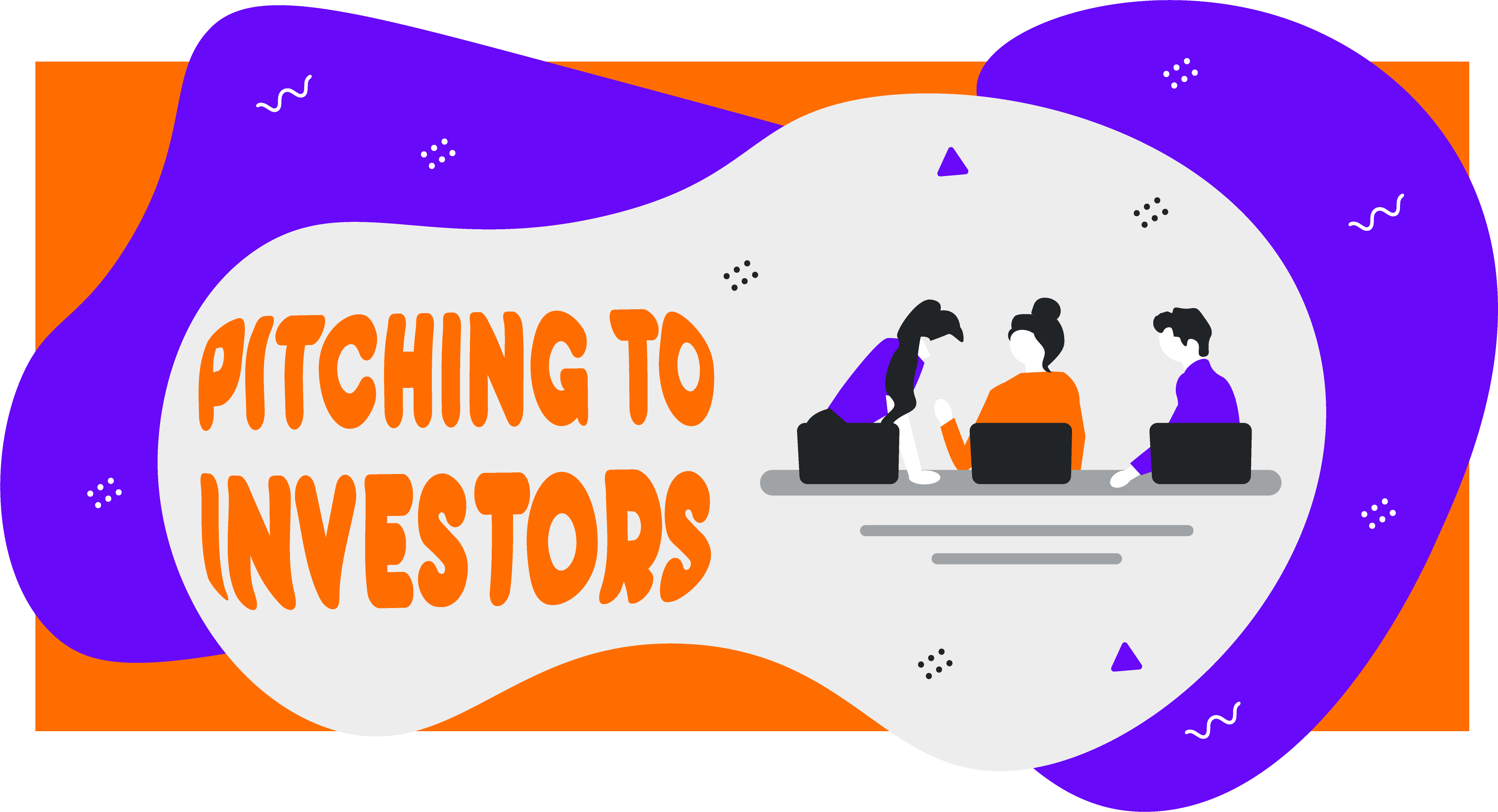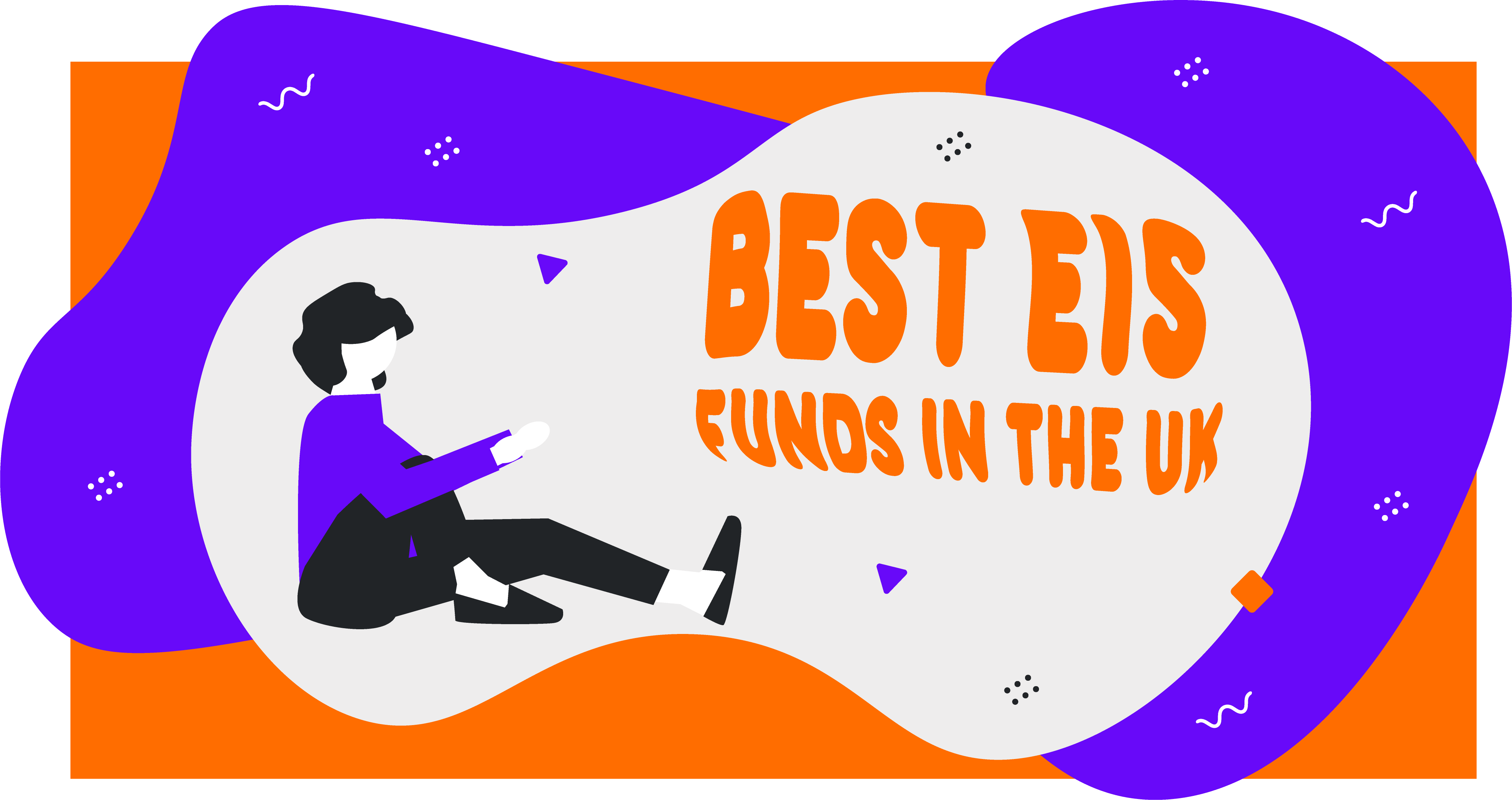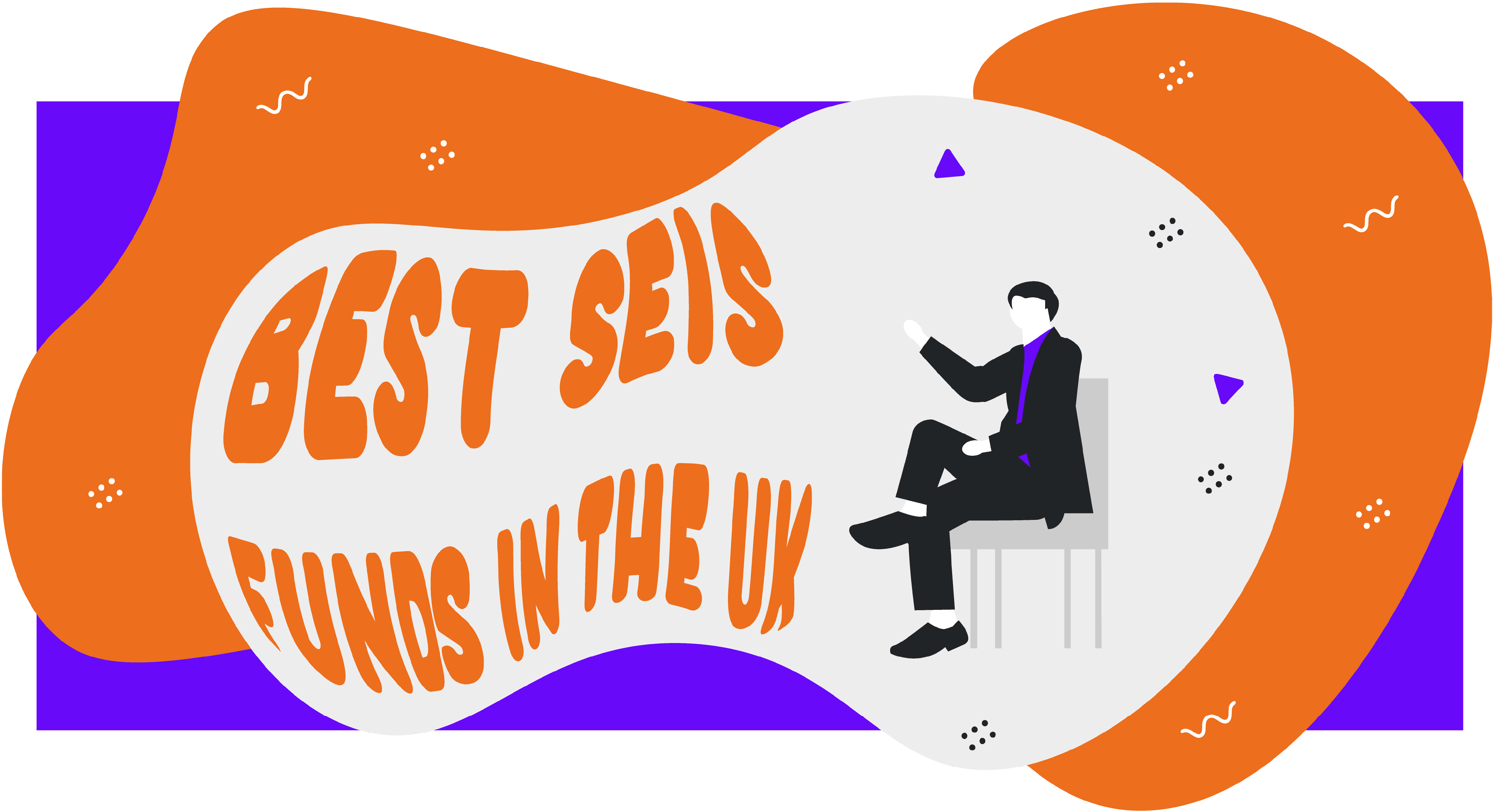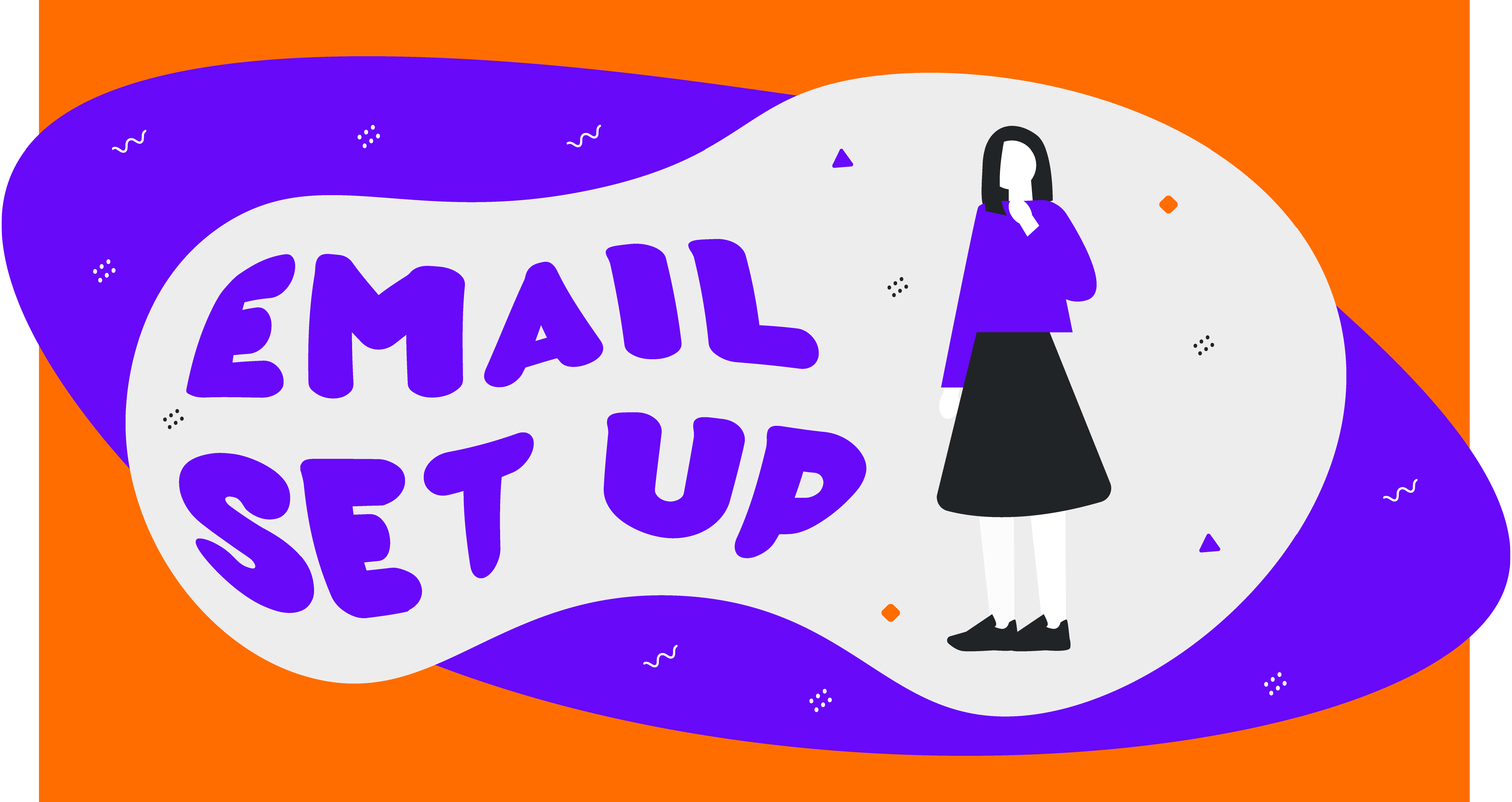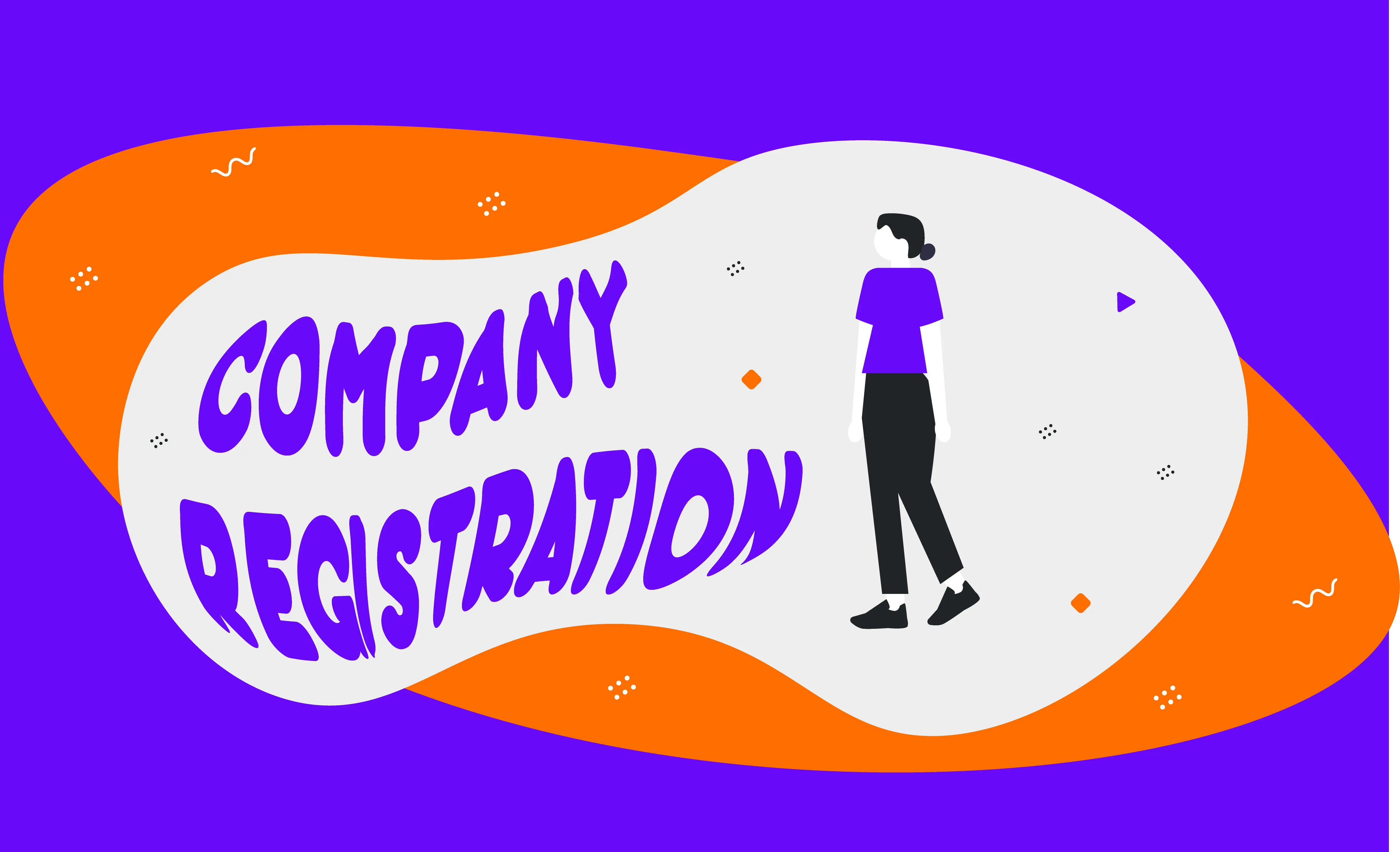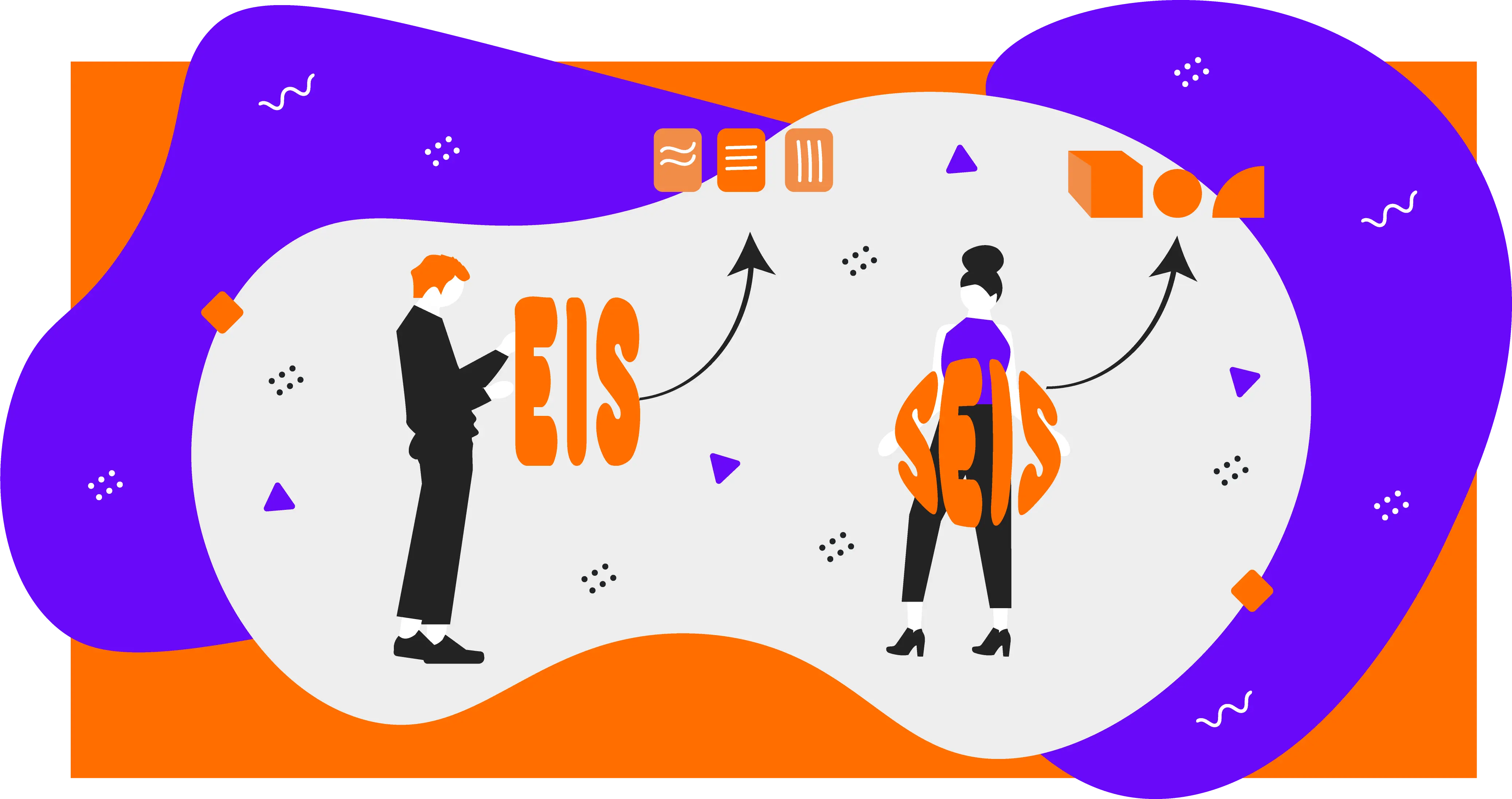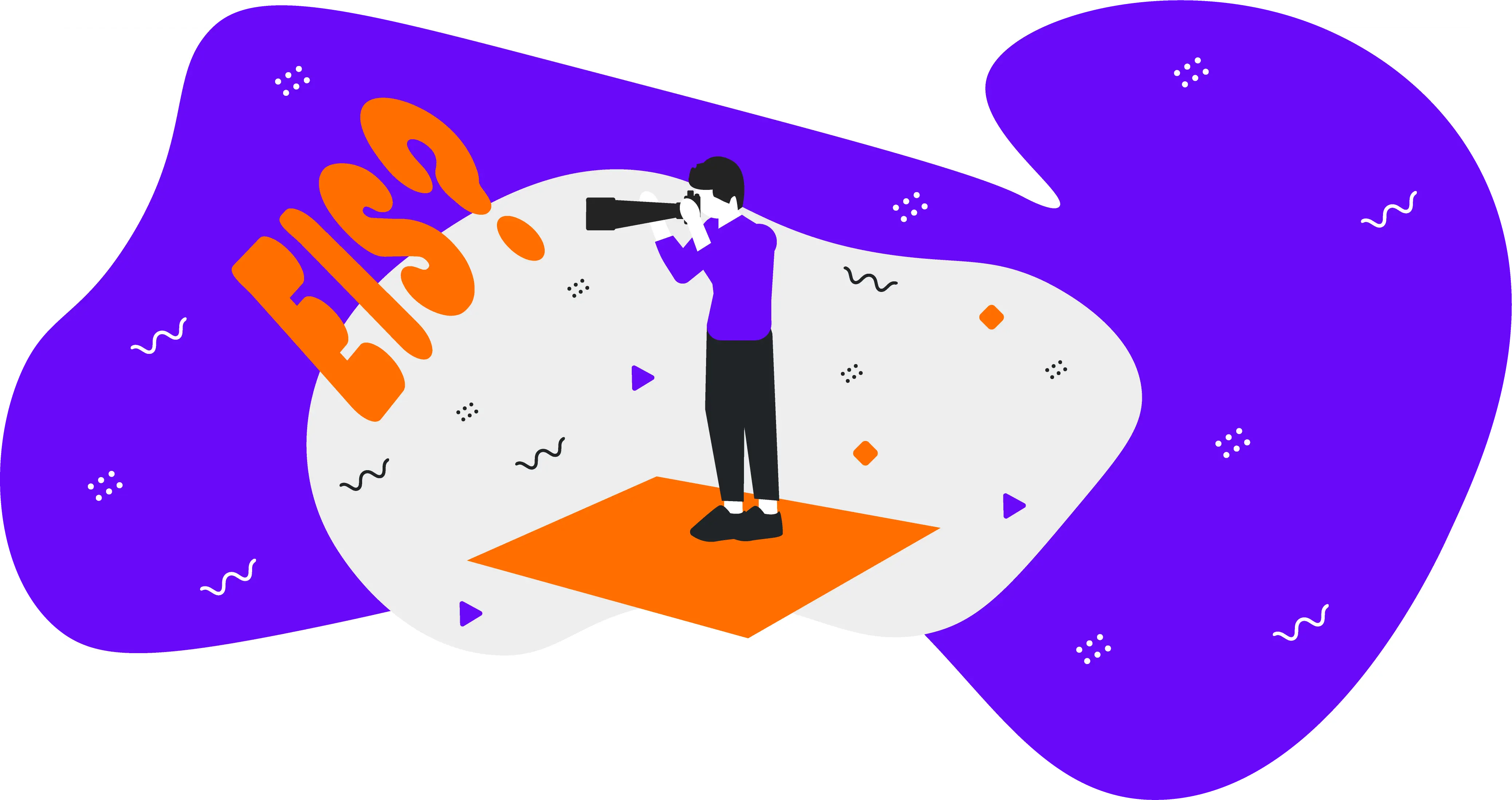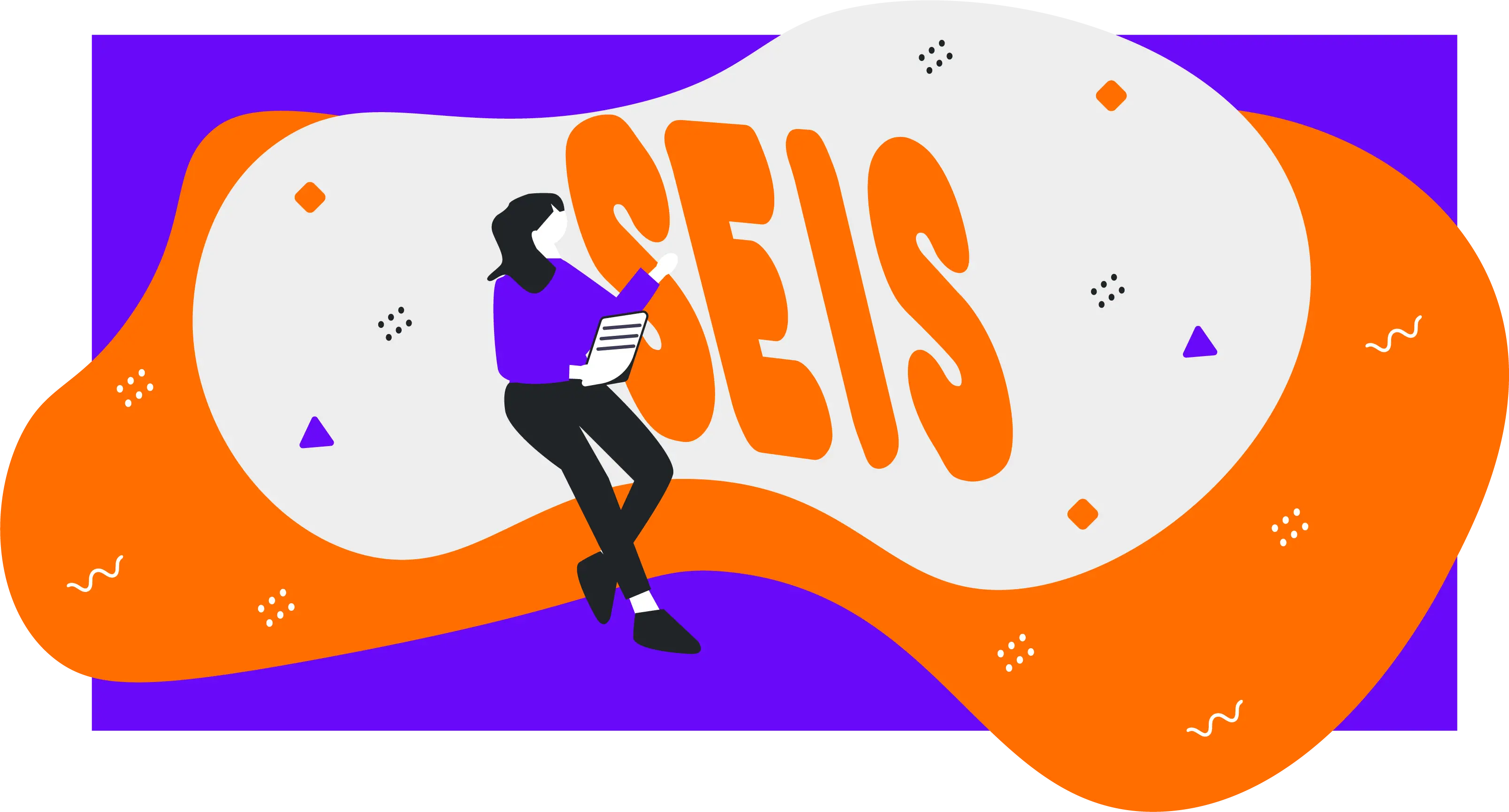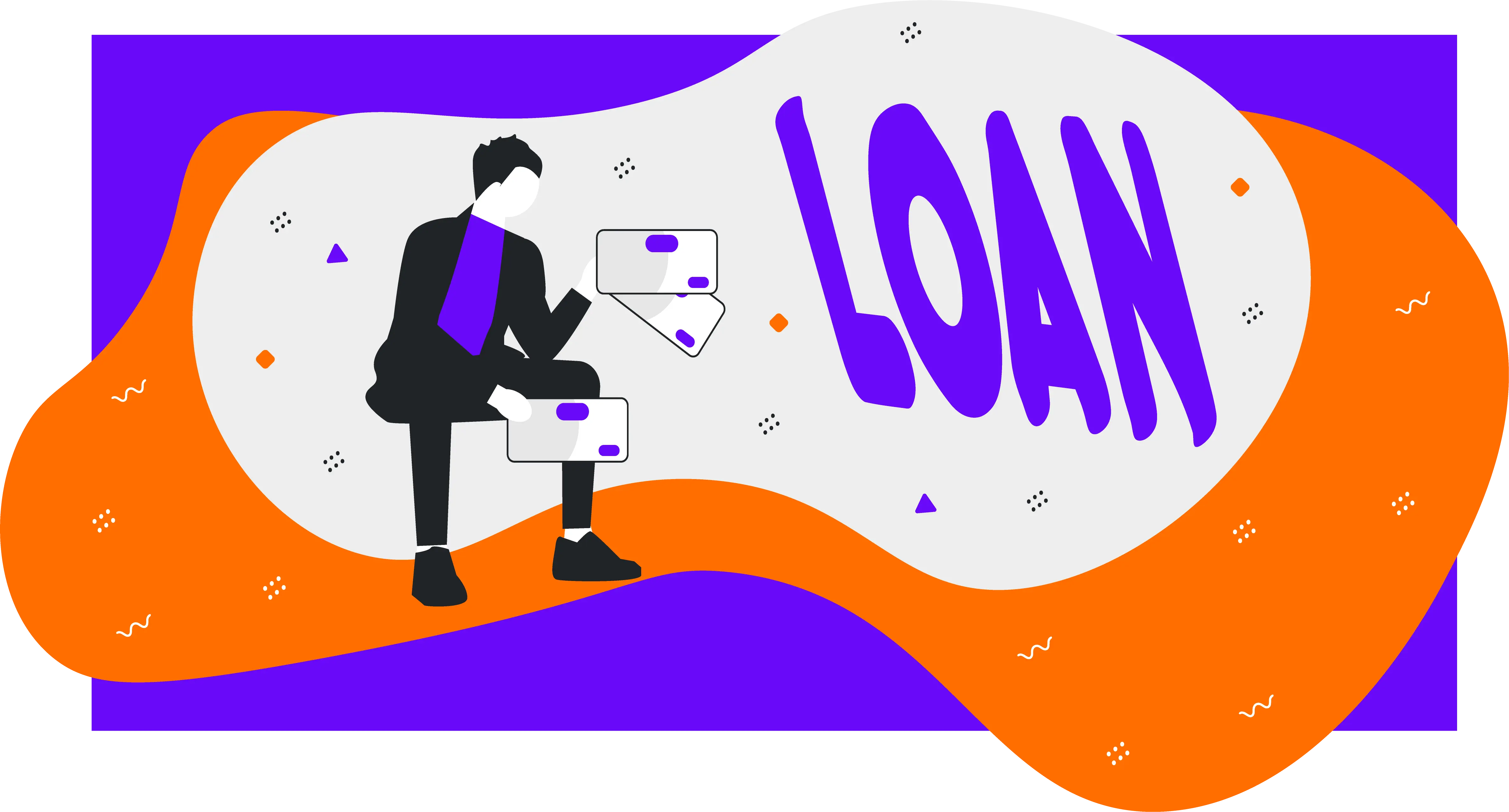How to get your free model template with BiznesFunding
certain types of business models
This blog post will give you details on the different types of business models and how you can get a free business model template for your startup.
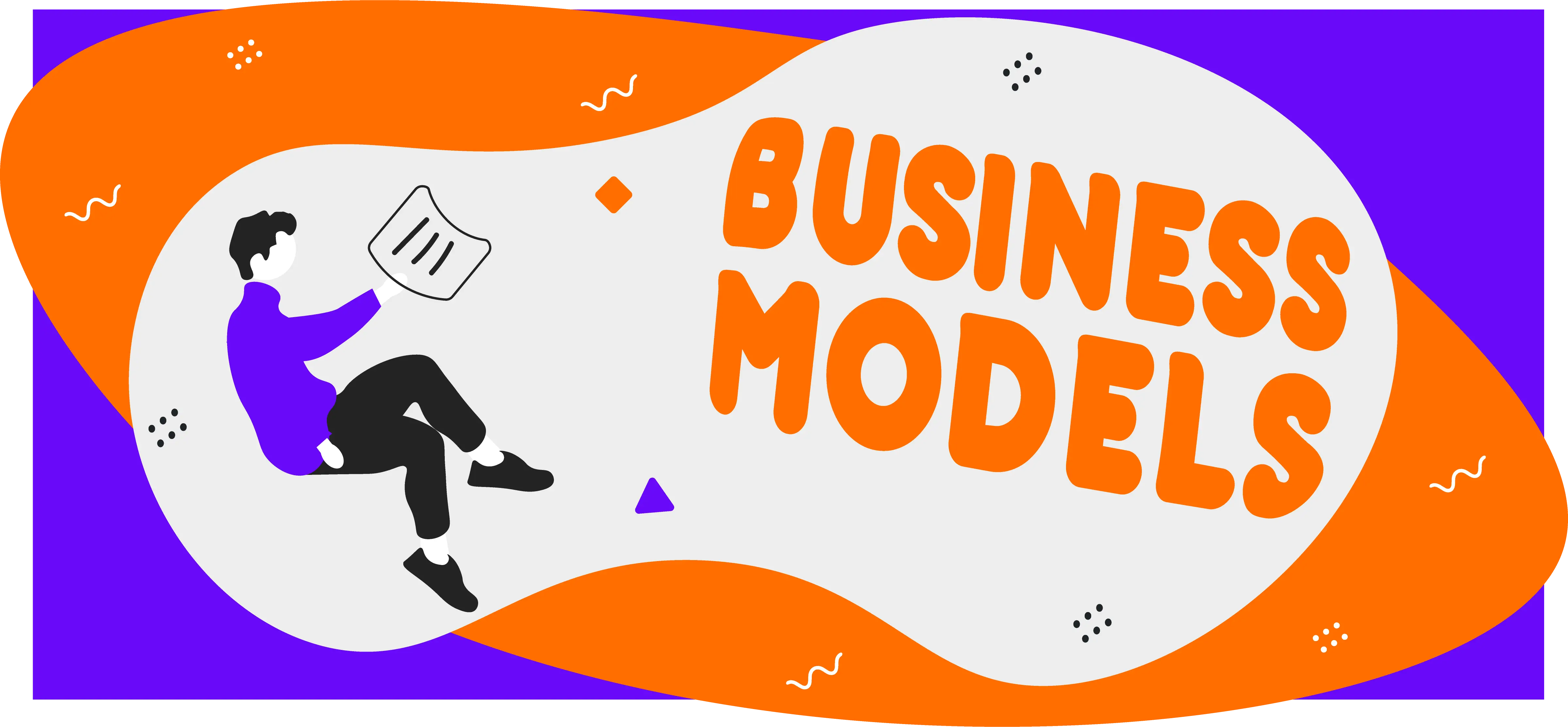
Startup owners will need to have a clear understanding of the certain types of business models available if they are going to be serious about starting a new company of their own. There is a lot to consider, and depending on the size and scale of your startup, not all of the models available may work for you.
What is a business model?
A business model is the company's structure and outlined plan for making a profit. It usually identifies the product or services a business intends to sell, its target market and any predicted expenses. Having a business model can help new companies to attract supporters from potential investors and recruit talent while also being used internally by staff to challenge and motivate them. Established businesses must also constantly update business models to reflect the ever-changing market and anticipate trends and challenges. When evaluating business models, investors should pay close attention to the product or services offered and whether it matches a desired need in the marketplace.
Here at biznesfunding, we want to help startup owners to create and find the right model for their business. There are many different types of business models, so it's important to understand each one. Therefore, we offer free expert advice to help guide all startup owners in selecting the most appropriate business modelling.
Send a MessageTypes of business models:
Below are the different types of business models available, their meanings, and how they work. We have also outlined the monetisation process for each model and the advantages of a business using them.
1What is white labelling and private labelling?
Without knowing, many of the products you use are white label - but what exactly is this? White label products are often produced by a third party but are passed on and sold by retailers under their own brand. Although the end product appears as if it was made by the retailer, this is not the case. The retailer often requests a white labelling model to a manufacturer, who have permission to use their branding on the product.
These products can be easily found in most shops and usually display the retailer's name on the packaging. White labelling has proven to be successful for many big companies, with many opting to use it to manufacture their branded products due to the cheaper cost.
The types of companies using white labelling include supermarkets (Tesco is one example of a British supermarket chain that has successfully used this method for its branded products), tech companies that manufacture mobile phones and computers (such as Apple), and even banks, for services such as credit card processing.
White labelling boosts the visibility of big-name brands, with customers being more aware of and likely to purchase their products over those of their competitors. Businesses also use white labelling to take advantage of experts who have the expertise to design and manufacture products better than they can. Moreover, this allows businesses to save money.
Businesses can diversify their product line with white-label services, which can help them develop a market-competitive solution in-house. In addition, with a business having more time to focus on sales and make solutions for the customers, they also reduce how long it will take to grow their revenue.
A private label is also made by the white label producer, but they are bespoke, with the reseller specifying the product design and features. In contrast, a white label product will have these things specified by the provider. As a result, a business will have more control over the product's look and feel if they opt for a private label model.
2What is a retailing business model?
A retailer is an entity that sells goods directly to consumers to earn a profit. For example, they usually sell clothing, groceries, books, cars, furniture, etc. A retail business model can operate through a physical building or online.
The retail business model involves retailers buying goods from a manufacturer, wholesaler or other distributors to sell to the buying public. They are sold to the end-user at a markup, which is the difference between the retailer's purchase price and the resale price.
There are many different types of a retail business, with the most common being brick-and-mortar (physical building) and online. However, you can also come across a retail business through kiosks, special events (e.g. someone selling their work at art shows and fairs) and even in print catalogues.
A retailer can make a profit by selling products directly to customers at a markup from the cost of the item. A successful retail business also depends largely on a high-profit margin and turnover.
A retailing business model allows employees to develop a relationship and rapport with customers, particularly regular ones. Retail outlets can also sell various products and expose customers to items they might not know they needed. If buying from a brick-and-mortar retailer, customers can also save on shipping costs and not have to worry about their orders being lost in the post.
3What is a manufacturing business model?
A manufacturing business model involves making finished goods to be sold to consumers. Products are often made from raw materials using various tools and equipment before they are then delivered to wholesalers, distributors, retailers or other industry manufacturers to produce more complex goods. Companies such as Kellogg's, PepsiCo and Boeing are good examples of a manufacturing business.
There are three different types of manufacturers:
- Made To Stock (MTS): tangible goods are produced and stored before their final sale. MTS businesses often aim to forecast the demand for their products and then produce the number of goods required. MTS manufacturers should be careful when forecasting demand, as they could face under or over-production of goods if they are not careful
- Made To Order (MTO): these manufacturers only produce goods if they receive orders from customers. Unlike MTS, they do not need to worry about forecasting future demand and facing overproduction of products. However, MTO manufacturers often face a higher lead time between initiating and completing an order. If there is a sudden increase in the demand for a certain type of product, this will only lead to additional strain on the operations, which in turn causes even higher lead times
- Made To Assemble (MTA): rather than immediately producing a final good, manufacturers create the basic parts of a product that can't be quickly assembled together when an order from a customer is received. MTA helps reduce lead times for customer orders, but a business could face lower demand for certain types of basic parts
Manufacturing business models allow companies to generate revenue by creating or adding value to the goods and then selling the completed products to retailers and customers willing to pay for them. As a result, a manufacturing business model can lead to higher productivity and save costs for a company. It can also reduce employee redundancies and improve the quality of work.
4What is the meaning of a "fee for service" business model and how does it work?
Fee-for-service (FFS) is a business model focusing on labour and providing services to customers. They may charge an hourly rate or a fixed cost for a specific agreement.
FFS is often used in healthcare, with doctors, hospitals and medical practices all offering a separate charge for the different services they provide. The patient or insurance company will pay whatever the healthcare provider charges for this service.
FFS is currently used in the United States. With FFS, patients can receive full access to the care they require and can decide the type of treatment they want and who provides it. As a result, patients often have an unlimited choice when selecting the doctor, provider and hospital they desire when they need to receive care.
The FFS model is often embedded with the social enterprise of the business achieving financial self-sufficiency through fees charged for its services. The organisation then uses these funds to pay expenses to help deliver the service and additional business expenses.
5What is a subscription business model?
Many businesses also offer a subscription model. Customers will often be charged regularly for a particular product or service, and they are entitled to choose how long and how often they want to receive this service. Customers usually can cancel or renew a subscription at any time. A subscription can almost be seen as a contract between a business and a customer. HelloFresh, DegustaBox and Boxycharm are examples of online companies using a subscription model.
Subscriptions have been seen as a beneficial business model for many reasons. They are convenient for customers who may not always have the time to go to the shops to get a certain product, such as a newspaper or magazine. Subscription services can also increase the number of customers a business attracts, allowing companies to predict revenue more accurately. Moreover, this can help a business establish long-term relationships with regular customers.
With customers purchasing products more regularly through subscriptions, businesses will find it easier to predict how much inventory they will need at a given time due to a recurring revenue model. A subscription business model will allow a company to have a steady flow of income through the five steps below:
- Acquire customers
- Deliver high-quality service
- Seek opportunities to upsell
- Retain customers and reduce churn
- Rinse and repeat
There are three different types of subscription business models:
- Curation: merchants create a box featuring one or more products, which is then sent to the customer
- Replenishment: for a type of product that people use frequently. Sometimes referred to as "subscribe-and-save", as merchants usually offer a discount to repeat customers
- Access: a subscription programme with exclusive offers, discounts, early releases etc.
If you're considering a subscription-based service for your company, you need to consider whether or not it's worth it. For example, do you sell products that customers would need to access continuously? Or is it a physical item that they will need refills for? It is also important to ensure you're charging any subscription at a fair price for consumers.
6What is the meaning of business leasing?
Business leasing is similar to a rental agreement, with the company agreeing to rent an asset for a fixed period while making regular finance payments. Once the contract ends, you can renew and continue renting or return and replace the borrowed asset. Business leasing is particularly common when purchasing a car, with a car owner often expected to pay rental payments for the vehicle.
There are two main types of leasing:
- Finance lease: you're responsible for taking good care of the asset as if you are its owner. You have to ensure you pay the majority of the item's cost throughout its life
- Operating lease: the lease provider retains ownership of the asset while you are responsible for keeping it in good condition. You won't have to pay the full cost of the asset as you're only renting it for a period that's shorter than its economic life
With business leasing, the business can finance 100 per cent of its total equipment costs, which means it can use capital to invest in other areas. Leasing also allows business owners to acquire equipment easily without spending much money, making budgeting a lot simpler. Most business owners can apply for leasing, but a poor credit rating could make approval more difficult.
7What is a franchise business model?
You may have heard of the term "franchise" used to refer to a company, but what does it mean? The franchise business model involves a company where the owner licences its operations, products, branding and knowledge in exchange for a franchise fee. A franchisee is an individual or company that has permission to hold a franchise for the sale of goods or the operation of a service.
A franchise is a popular way to start a business and is often used in hospitality industries, with fast food restaurants a prime example. Therefore purchasing a franchise can be a huge boost for any business, as they will have access to a bigger, established company's name. A franchise may seem less risky than a startup business for some entrepreneurs.
The franchisor will work with incoming franchisees to help finance the business and oversee operations. They will often receive a percentage of earnings from the franchise.
One of the biggest advantages of this business model is the business assistance the franchisee will receive from the franchisor. A franchisee will also instantly have brand recognition, as they help to operate a well-known company. Franchises also have lower failure rates than independently-established businesses and often see higher profits.
8What is an affiliate business model?
An affiliate business model refers to a relationship between two businesses, with one company owning less than a majority stake in the stock of the other. It can also describe two separate companies that are subsidiaries of a larger parent company. This is commonly used in the retail sector and also online. Online marketplaces such as eBay and Shopify are good examples of affiliate businesses.
Usually, two companies would become an affiliate with one another so one can sell the other's products, usually receiving a commission for doing so. Online companies may form a partnership where an affiliate supports another company by channelling internet traffic and e-sales.
There are quite a few types of affiliates, but these are the main three:
- Corporate Affiliates: the affiliate is generally subordinate to the other company and has a minority stake (usually less than 50 per cent) in it
- Retail Affiliates: this is a company that sells other merchants' products for a commission in an affiliate company
- International Affiliates: a company may set up affiliates to help break out into international markets while protecting the parent company's name in case the affiliate fails
One of the advantages of affiliates is that it has become a fully-fledged online business model, with several affiliate marketers using social media, blogs and videos to promote partners' products. Affiliate business models also attract an audience through online reviews, rankings, tutorials and deals.
Affiliates rely solely on commissions for monetisation, meaning they often resell items from other retailers and are rewarded for attracting new customers to the merchant selling the time. For example, users may be provided with an affiliate link to buy from a partner website. When a customer has purchased the product, the businesses earn a commission. There are a few different payment methods for the affiliate model:
- Pay Per Click (PPC): the affiliate is paid when the affiliate link is clicked
- Pay Per Impression (PPI): the affiliate is paid when someone visits the merchant's website
- Pay Per Lead (PPL): the affiliate is paid when someone clicks on an affiliate link and then takes action, such as completing a form
- Pay Per Sale (PPS): the affiliate is paid when a sale is made, receiving a percentage of the cost of that item
9What is a commission business model?
A commission business model involves a payment given to employees based on the sales they make, often calculated as a percentage of the value of the sale. The rate correlates to how difficult it is to sell a certain product.
Employers who offer commissions for sales should clarify this to all employees in their contracts and outline the rules for earning commission, which rates apply, and when employees will receive the commission they have earnt.
The commission is earnt on top of a base salary. Some businesses can offer commission-only sales positions but must still comply with the minimum wage rules if they are based in the UK. The commission is considered part of your taxable income, so an employee may have to pay higher taxes if they earn more through this method.
There are two main forms of commission:
- Flat commission: the employee gets a rate or percentage on any sale they make
- Ramped commission: the percentage increases when the employee generates more sales or reaches higher targets
With a commission business model, employees are often encouraged to work harder for a better income. This is because the more sales they make, the better their pay will be. A commission business model also helps manage payroll expenses and keep costs down, particularly for employees who may not perform as well as others.
10What is the meaning of "pay as you go", and how does it work?
"Pay as you go" is a term most often used in the case of mobile phones, and for businesses, it is almost similar. It refers to allowing a person or a company not to pay more than their budget allows. Moreover, this prevents unnecessary spending and over-indebtedness, which could be bad for a business. Pay as you go allows a client to only pay based on a project's progress and when the budget allows.
Think of it like a prepaid mobile phone using the pay as you go system. You only use the data or call when you pay a certain amount for that service. So pay as you go works similarly for a business, allowing you only to pay as much as you need when you need the service.
The pay as you go model comes in handy with company projects that require several steps each needing an investment. With pay as you go, you only need to invest when the company has a budget for each step. This means that you will not move on to the next step of the project until you have sufficient funds to pay for it.
11What is a freemium business model?
A freemium business model often involves giving a basic service for free. Customers can also choose a premium service with additional features that require payment. A customer is entitled to remain using the free product, but the business will try to show the benefit of the premium service and what an upgraded customer is entitled to.
The great thing about a freemium business model is that customers can still make the most of the product or services without spending money. They would only be charged when they want to purchase additional features. For example, the music streaming service Spotify uses a freemium model, with a free version and a premium service coming at an additional cost, allowing you to listen to music in "offline mode" and with no advertisements. Likewise, the mobile game Candy Crush Saga offers in-app purchases through its freemium model. These allow players to buy items to obtain a higher score or restore their in-game health. Otherwise, the game is free.
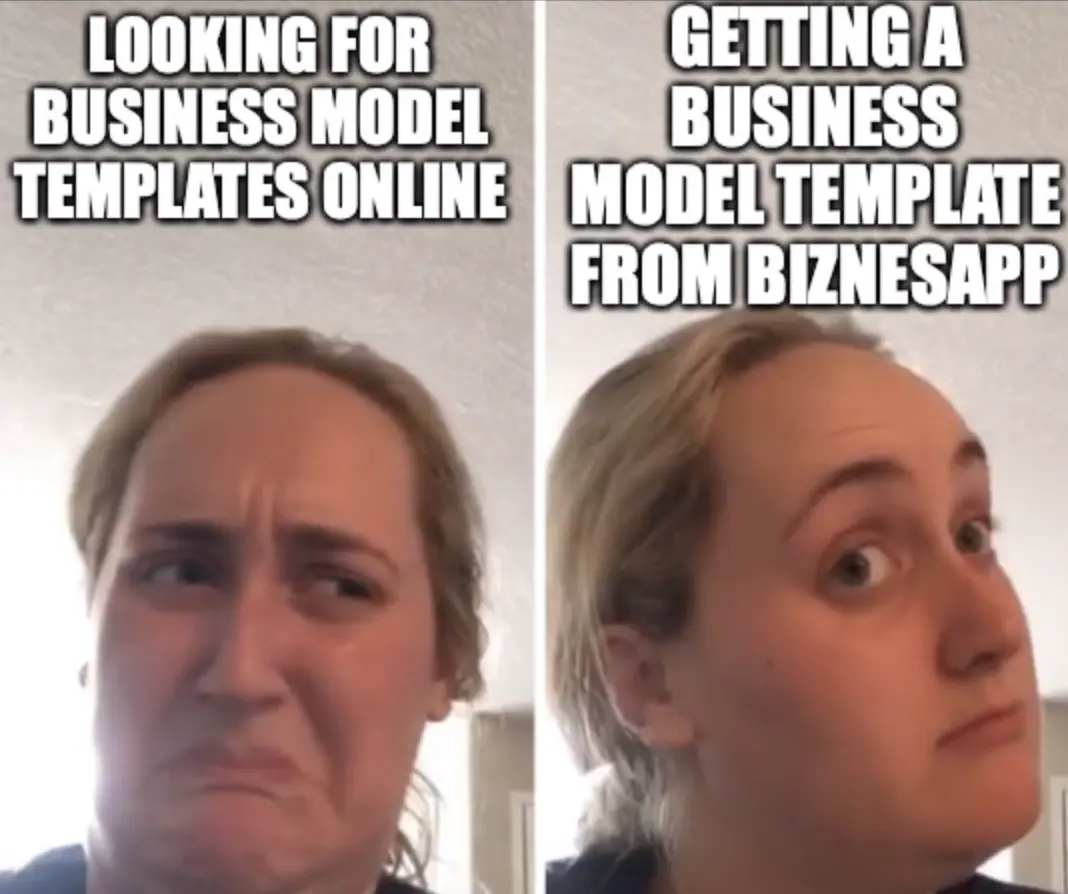
Examples of business models:
Below is a table outlining the types of business model described above, an example of a company that fits within each model, and some additional information about their services.
| Business model example | Company name | Information |
|
White labelling/private labelling |
Fenty Beauty |
The cosmetics company has a deal with Kendo holding that manufactures their products using the white label service |
|
Retailing business |
Walmart |
One of the biggest supermarket retailers in the United States |
|
Manufacturing business |
Cadbury |
The UK’s biggest confectionery company |
|
Fee-for-service |
DLA Piper LLP |
A global law firm offering legal advice to customers |
|
Subscription business model |
Netflix |
Charge a subscription fee (with different payment plans available) to gain access to a library of films and TV shows |
|
Business leasing |
Cars |
Rent, rather than sell, products with a high margin and high price |
|
Franchise business model |
McDonald’s |
One of the biggest fast food corporations in the world, 95 per cent of its UK restaurants are franchisees |
|
Affiliate business model |
Amazon |
A well known example of an affiliate model, advertisers pay commission through affiliate links and products |
|
Commission business |
Oracle |
Employees earn average annual sales commissions of more than $70,000 |
|
Pay as you go |
Energy companies |
Charge for metered usage |
|
Freemium |
|
Offers basic services for free, charges for a premium service |
Business model template
Are you looking for a business model of your own but don't know how to structure or design it? At biznesfunding, we provide a canvas business model template for all startup owners to help them design their model. Click the button below to get your template for free.
Conclusion
While your business must have products or services it wants to sell, you must also clearly understand the right model to create long-term value for customers. Your company also happens to be an ecosystem that must have a plan in place regarding who to sell to, what to sell, what to charge and what value you are creating. As long as you have a business model in place, your startup will have a clearer vision of how it wants to operate and what the future could look like for it.
